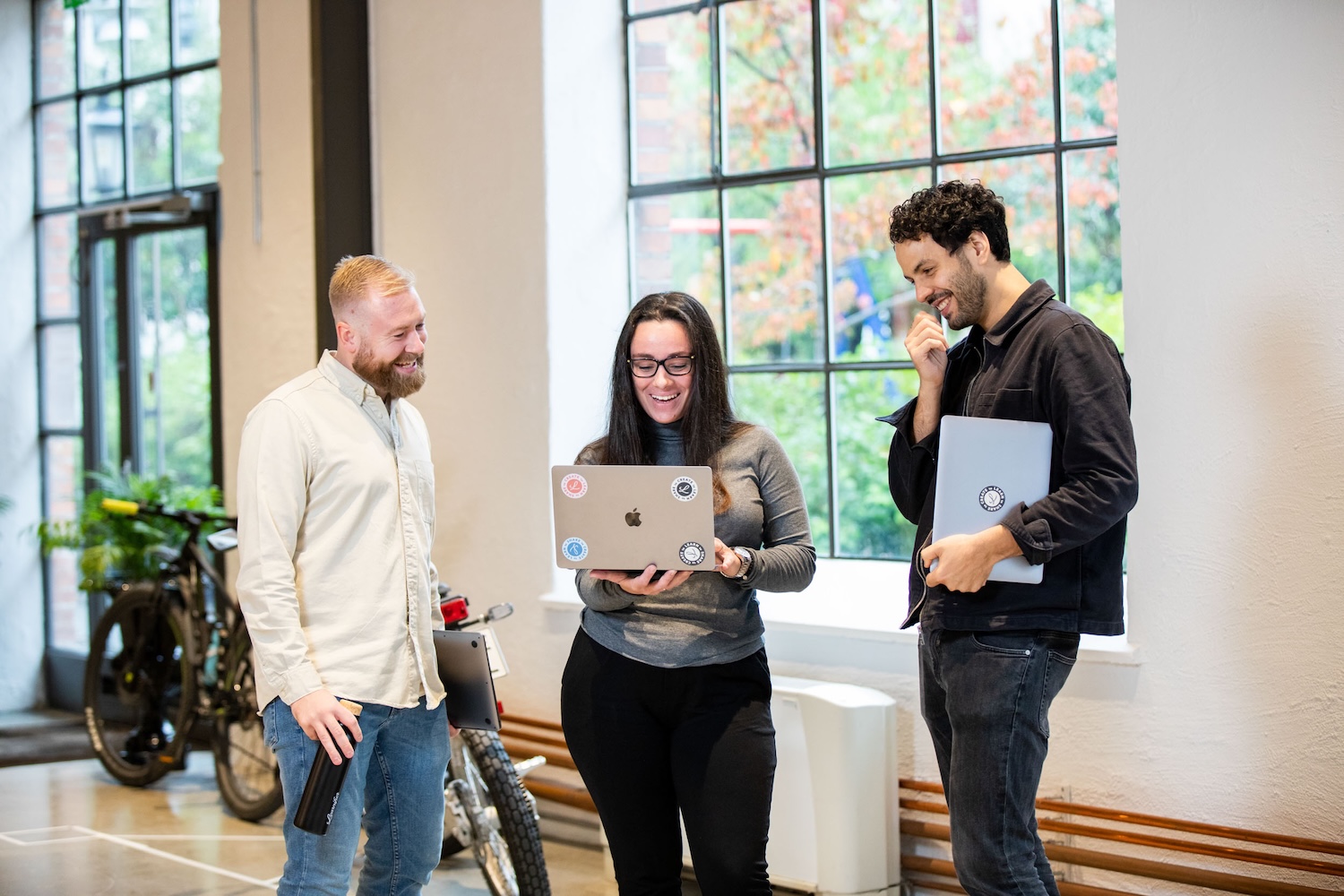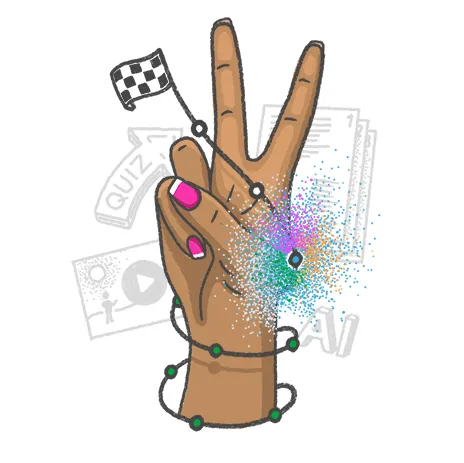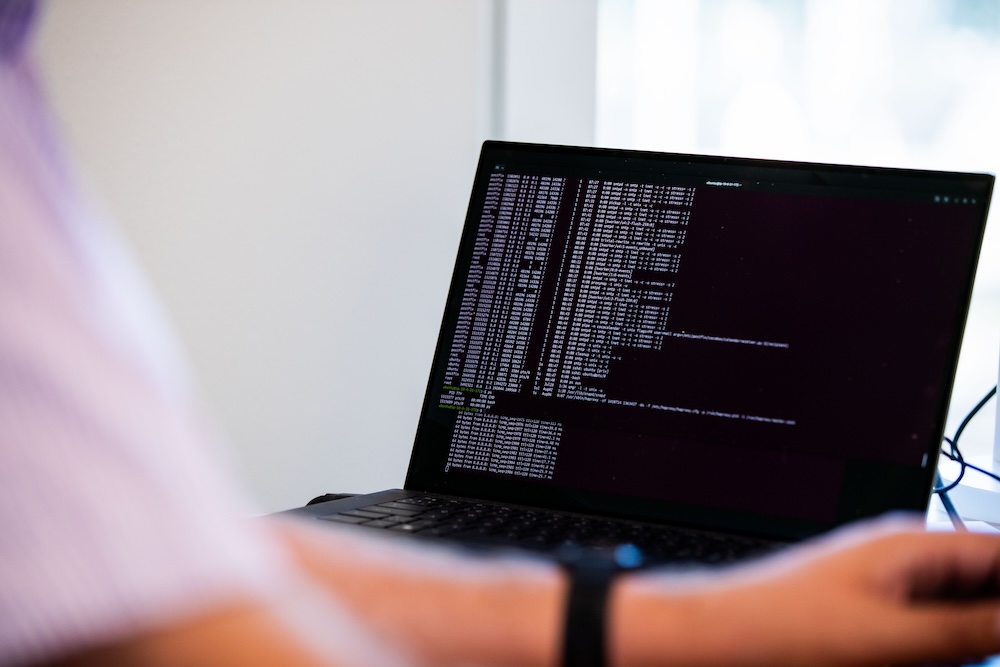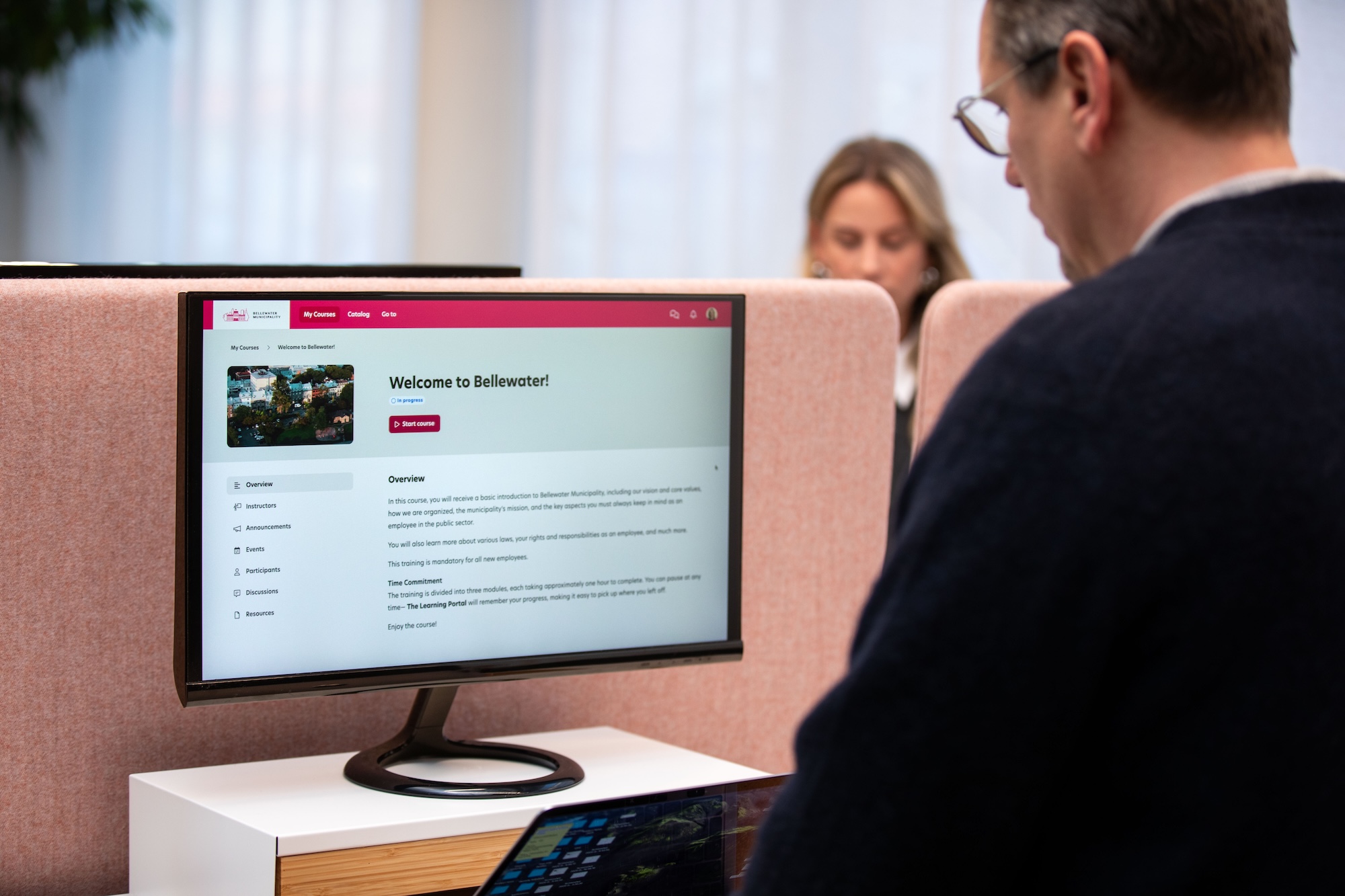From E-learning to Exponential Learning
The word “E-learning” started gaining traction around 1999, mostly in academic circles. It referred to the novel use of computers to deliver courses remotely. At the time, this was groundbreaking. But compared to today’s capabilities, those early efforts feel clunky and uninspired.
In the workplace, digital learning has evolved dramatically. We’ve gone from basic, linear courses to personalized, mobile, and collaborative learning journeys. Add to that today’s digital-native workforce, and it becomes clear: the old concept of e-learning is no longer enough.
Enter Exponential Learning – a modern approach built around the way we consume, share, and apply knowledge today.
What is Exponential Learning?
A quick search defines exponential learning as:
- “A process of energized learning that leads to a desire to learn even more.”
- “Large initial effort leading to small progress at first, followed by rapid acceleration in learning.”
At Learnifier, we lean into the first definition. Today’s technology allows learners to be energized, engaged, and empowered to learn more, faster. And thanks to intuitive platforms, that “slow start” is no longer necessary. The learning effect is often immediate.
In practical terms, exponential learning means that one small drop of knowledge can spark a ripple effect, inspiring teams, improving performance, and creating lasting impact across your entire organization.

5 Ways to make your e-learning exponential
1. Encourage conversation and collaboration
Learning sticks when it’s social. Studies show we retain 70% of what we discuss, compared to only 30% of what we see. Make sure your digital learning platform supports comments, chat, and group interaction. Today’s learners expect to share insights, ask questions, and build knowledge together, not sit passively through slide decks.
2. Automate the boring stuff
Modern learning platforms offer smart automations that reduce admin and keep learners focused. Set up auto-reminders, progress tracking, and personalized learning paths. When friction is removed, learning becomes smoother, and sometimes, so effortless it feels like cheating (in a good way).
3. Make it mobile-first
Your learners are on the move. That’s why your content needs to be accessible on any device, at any time. Mobile-first design means learners can absorb content when they’re most motivated – on the train, during a coffee break, or between meetings. Flexibility drives engagement.
4. Gamify and reward progress
Motivation matters. Use progress bars, quizzes, challenges, and even rewards to make the learning journey fun and goal-oriented. When onboarding new employees, for example, small incentives and playful elements can create a powerful first impression of your organization.
5. Use data and feedback to evolve
The best learning platforms offer analytics and insights into learner behavior. What modules are most engaging? Where do people drop off? What content leads to action? Use this data to continually refine your learning experience – and invite feedback to co-create even better results.

Whether you still prefer the term “e-learning” or start adopting “exponential learning,” what matters most is this: you’re helping your people grow, connect, and perform. The language you use matters less than the impact you create.
At Learnifier, we build tools that make learning exponential and results measurable. Would you like to experience creating exponential learning in the Learnifier platform? Get started for free today!






.webp)



.webp)









